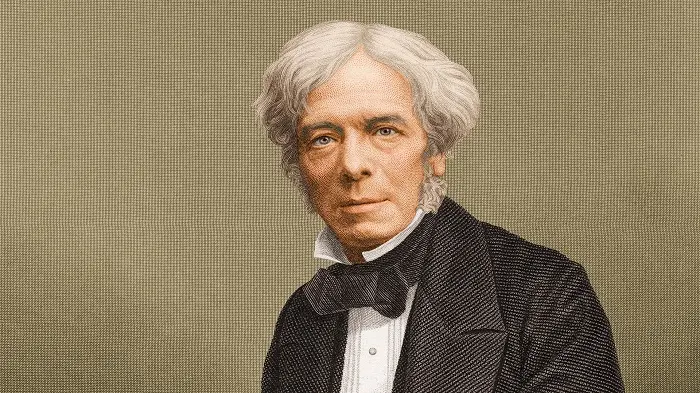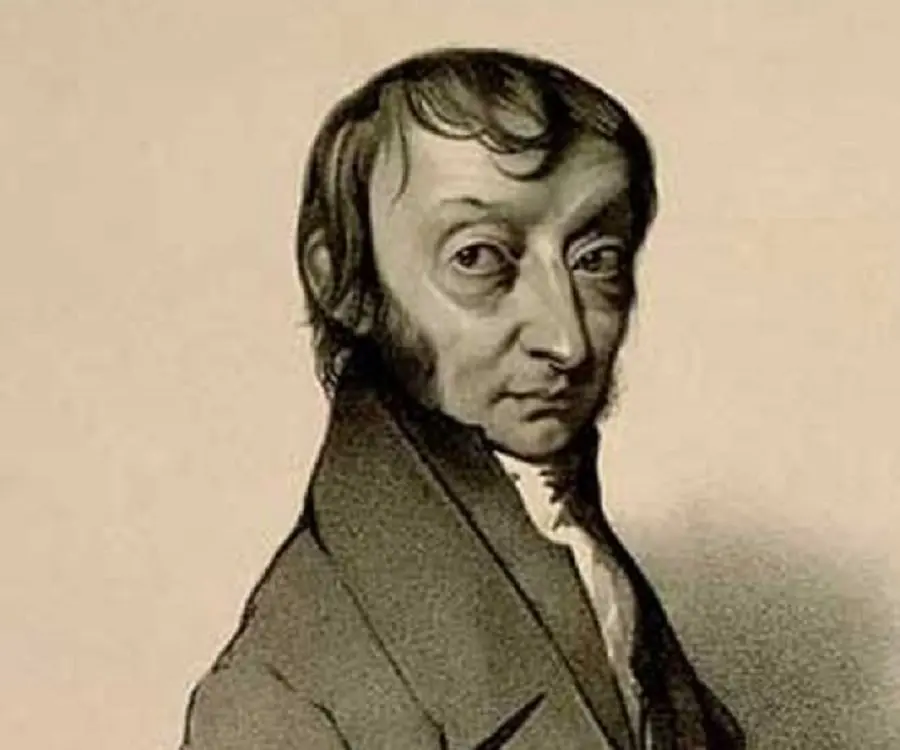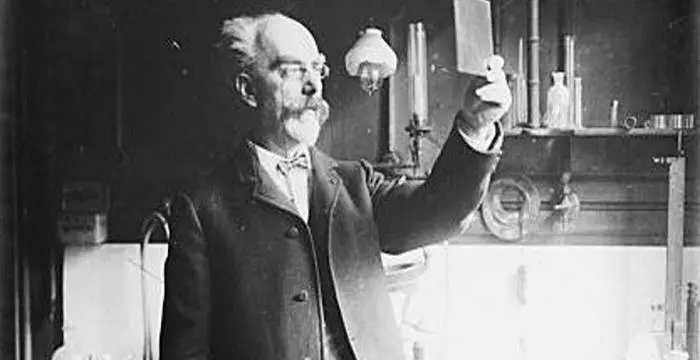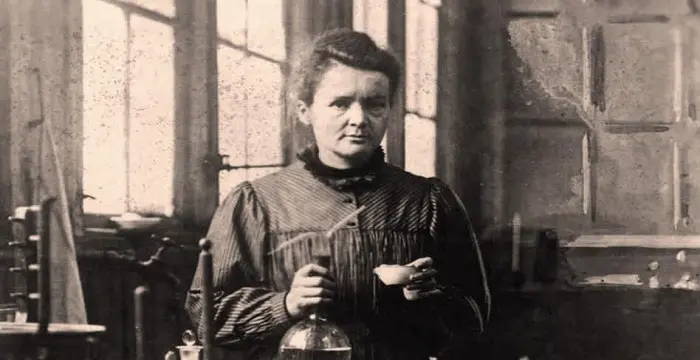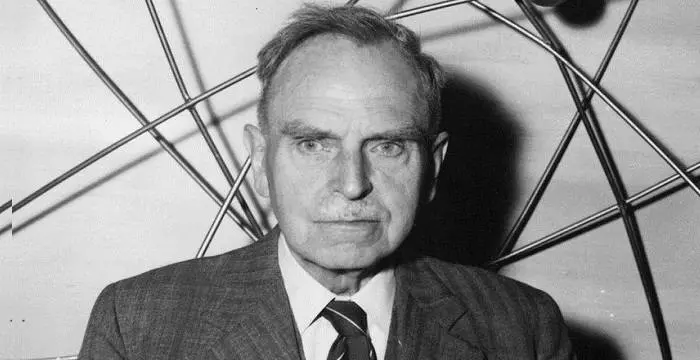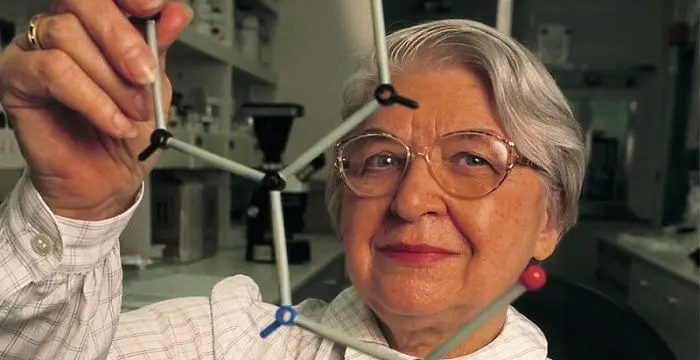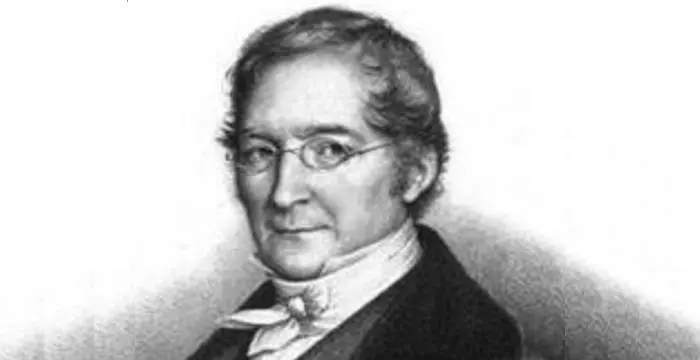
Amedeo Avogadro - Physicists, Family and Family
Amedeo Avogadro's Personal Details
Amedeo Avogadro was an Italian scientist who formulated what is now known as Avogadro's law
| Information | Detail |
|---|---|
| Birthday | August 9, 1776 |
| Died on | July 9, 1856 |
| Nationality | Italian |
| Famous | Scientists, Physicists, Chemists, Chemists, Physicists |
| Spouses | Felicita Mazzé |
| Birth Place | Turin, Italy |
| Religion | Roman Catholic |
| Gender | Male |
| Father | Filippo Avogadro |
| Mother | Anna Maria Vercellone |
| Sun Sign | Leo |
| Born in | Turin, Italy |
| Famous as | Chemist and Physicist |
| Died at Age | 79 |
// Famous Chemists
Walter Kohn
Nobel Laureate Walter Kohn was an Austrian-born American theoretical chemist and physicist. Check out this biography to know about his childhood, life, achievements, works & timeline.
Louis Pasteur
Louis Pasteur was a French chemist and microbiologist who developed the first vaccines for rabies and anthrax. This biography of Louis Pasteur provides detailed information about his childhood, life, achievements, works & timeline.
Michael Faraday
Michael Faraday was the most celebrated British scientist of the 19th century. Know more about his childhood and life with this biography.
Amedeo Avogadro's photo
Who is Amedeo Avogadro?
Amedeo Avogadro was an Italian scientist who formulated what is now known as Avogadro's law. Hailed as a founder of the atomic-molecular theory, he was the first scientist to realize that elements could exist in the form of molecules rather than as individual atoms. His biggest contribution to science, the Avogadro's law states that equal volumes of gases under the same conditions of temperature and pressure will contain equal numbers of molecules. Born into a noble family as the son of a distinguished lawyer, he followed in his father’s footsteps as a young man and graduated in ecclesiastical law. However, his interest in law waned once he developed a keen interest in what was then known as positive philosophy: physics and mathematics. Deciding to dedicate his life to science, he began studying mathematics and physics privately and soon embarked into research as well. Leaving behind his legal career, he became an educator and remained so for the rest of his life. A prolific researcher, he performed extensive studies on how the basic particles of matter behaved and postulated a hypothesis stating that equal volumes of all gases at the same temperature and pressure contain the same number of molecules. However, his great contribution to chemistry was recognized only after his death.
// Famous Physicists
Walter Kohn
Nobel Laureate Walter Kohn was an Austrian-born American theoretical chemist and physicist. Check out this biography to know about his childhood, life, achievements, works & timeline.
Gabriel Lippmann
Gabriel Lippmann was a French physicist and inventor. He was awarded the Nobel Prize in Physics in 1908. This biography of Lippmann provides detailed information about his childhood, life, research, achievements and timeline.
Karl Ferdinand Braun
Karl Ferdinand Braun was a German physicist and inventor who received the Nobel Prize for Physics in 1909. This biography provides detailed information about his childhood, life, inventions, career, achievements and timeline.
Childhood & Early Life
Lorenzo Romano Amedeo Carlo Avogadro di Quaregna e di Cerreto was born on 9 August 1776, in Turin, Piedmont-Sardinia into a noble family. His father was Filippo Avogadro, conte di Quaregna e Cerreto, a distinguished lawyer and senator in the Piedmont region of northern Italy.
He was a bright young man who excelled in his studies. He followed in his father’s footsteps and studied law, graduating in jurisprudence in 1792. He proceeded to receive his doctorate in ecclesiastical law four years later.
Career
He ventured into a legal career and became secretary to the prefecture of Eridano in 1801. Around this time he grew increasingly interested in physics and mathematics and began studying these subjects privately with the guidance of the prominent mathematical physicist Professor Vassalli Eandi.
Soon he also began his scientific researches, focusing primarily on electricity. He collaborated with his brother Felice to publish his first scientific paper in 1803. This paper examined the electrical behavior of salt solutions.
In 1804, he became a corresponding member of the Academy of Sciences of Turin. By this time he had realized that he was meant for a scientific career and left his legal practice.
He embarked into academics and started teaching mathematics and physics at a high school in Turin in 1806. He became a professor of natural philosophy at the Royal College of Vercelli in 1809, a post he held until 1820.
It was in 1811 that he first stated what would become his biggest contribution to science: the hypothesis that equal volumes of all gases at the same temperature and pressure contain the same number of molecules. He also explained the French chemist Joseph-Louis Gay-Lussac’s law of combining volumes of gases using this hypothesis.
He is credited to have recognized the existence of monatomic, triatomic, and tetratomic elementary molecules. In 1811, he also provided the correct molecular formula for water, nitric and nitrous oxides, ammonia, carbon monoxide, and hydrogen chloride.
In 1820, he accepted the first chair of mathematical physics at the University of Turin. Furthering his research, he came up with the correct formula for alcohol and ether in 1821.
Due to civil disturbances, the university was closed down and Avagadro lost his job in 1822. Avogadro was reappointed to the post a few years later in 1834.
Between 1843 and 1850, he authored four memoirs on atomic volumes and designated affinity numbers for the elements using atomic volumes. He retired in 1850.
Major Works
He hypothesized what later became known as the Avogadro's law. It is an experimental gas law relating volume of a gas to the amount of substance of gas present. The law states that, "equal volumes of all gases, at the same temperature and pressure, have the same number of molecules."
In 1811, Avogadro proposed that the volume of a gas (at a given pressure and temperature) is proportional to the number of atoms or molecules regardless of the nature of the gas. The Avogadro constant named after him, is the number of constituent particles, usually atoms or molecules that are contained in the amount of substance given by one mole.
Personal Life & Legacy
He married quite late in life. He tied the knot with Felicita Mazzé in 1815. The couple had six children.
He died on 9 July 1856, at the age of 79.
A hardworking and modest person, he did not receive much acclaim for his works during his lifetime though his contributions to science were recognized years after his death.
// Famous Scientists
Juliane Koepcke
Juliane Koepcke is a German-Peruvian biologist, who was the lone survivor among the 92 passengers and crew of the ill-fated LANSA Flight 508 that crashed in the Peruvian rainforest on 24 December 1971. Know more about her life in this biography.
Henry Cavendish
Henry Cavendish was a theoretical chemist and physicist, renowned for discovery of hydrogen and calculation of the mass of earth. To know more about his childhood, profile, timeline and career read on
Konstantin Tsiolkovsky
Konstantin Tsiolkovsky was a Russian rocket scientist and a pioneer of astronautics. This biography provides detailed information about his childhood, family, personal life, career, achievements, etc.
Amedeo Avogadro biography timelines
- // 9th Aug 1776Lorenzo Romano Amedeo Carlo Avogadro di Quaregna e di Cerreto was born on 9 August 1776, in Turin, Piedmont-Sardinia into a noble family. His father was Filippo Avogadro, conte di Quaregna e Cerreto, a distinguished lawyer and senator in the Piedmont region of northern Italy.
- // 1792He was a bright young man who excelled in his studies. He followed in his father’s footsteps and studied law, graduating in jurisprudence in 1792. He proceeded to receive his doctorate in ecclesiastical law four years later.
- // 1801He ventured into a legal career and became secretary to the prefecture of Eridano in 1801. Around this time he grew increasingly interested in physics and mathematics and began studying these subjects privately with the guidance of the prominent mathematical physicist Professor Vassalli Eandi.
- // 1803Soon he also began his scientific researches, focusing primarily on electricity. He collaborated with his brother Felice to publish his first scientific paper in 1803. This paper examined the electrical behavior of salt solutions.
- // 1804In 1804, he became a corresponding member of the Academy of Sciences of Turin. By this time he had realized that he was meant for a scientific career and left his legal practice.
- // 1806 To 1820He embarked into academics and started teaching mathematics and physics at a high school in Turin in 1806. He became a professor of natural philosophy at the Royal College of Vercelli in 1809, a post he held until 1820.
- // 1811It was in 1811 that he first stated what would become his biggest contribution to science: the hypothesis that equal volumes of all gases at the same temperature and pressure contain the same number of molecules. He also explained the French chemist Joseph-Louis Gay-Lussac’s law of combining volumes of gases using this hypothesis.
- // 1811He is credited to have recognized the existence of monatomic, triatomic, and tetratomic elementary molecules. In 1811, he also provided the correct molecular formula for water, nitric and nitrous oxides, ammonia, carbon monoxide, and hydrogen chloride.
- // 1811In 1811, Avogadro proposed that the volume of a gas (at a given pressure and temperature) is proportional to the number of atoms or molecules regardless of the nature of the gas. The Avogadro constant named after him, is the number of constituent particles, usually atoms or molecules that are contained in the amount of substance given by one mole.
- // 1815He married quite late in life. He tied the knot with Felicita Mazzé in 1815. The couple had six children.
- // 1820 To 1821In 1820, he accepted the first chair of mathematical physics at the University of Turin. Furthering his research, he came up with the correct formula for alcohol and ether in 1821.
- // 1822Due to civil disturbances, the university was closed down and Avagadro lost his job in 1822. Avogadro was reappointed to the post a few years later in 1834.
- // 1843 To 1850Between 1843 and 1850, he authored four memoirs on atomic volumes and designated affinity numbers for the elements using atomic volumes. He retired in 1850.
- // 9th Jul 1856He died on 9 July 1856, at the age of 79.
// Famous Chemists
Henry Cavendish
Henry Cavendish was a theoretical chemist and physicist, renowned for discovery of hydrogen and calculation of the mass of earth. To know more about his childhood, profile, timeline and career read on
Walter Kohn
Nobel Laureate Walter Kohn was an Austrian-born American theoretical chemist and physicist. Check out this biography to know about his childhood, life, achievements, works & timeline.
Jabir Ibn Hayyan
Jabir Ibn Hayyan was a medieval era polymath. Check out this biography to know about his life, works and achievements.
Marie Curie
Marie Curie was a Physicist and Chemist, who was world renowned for her work on radioactivity. She also was the winner of two Nobel Prize. Read this biography to get info about her life and profile.
Otto Hahn
Otto Hahn was a Nobel Prize winning German scientist who discovered the phenomenon of nuclear fission and the element protactinium. To know more about his childhood, career, profile and timeline read on
Stephanie Kwolek
Stephanie Kwolek was an American chemist whose research work led to the development of the synthetic fiber, Kevlar. This biography of Stephanie Louise Kwolek provides detailed information about her childhood, life, achievements, works & timeline.
Amedeo Avogadro's FAQ
What is Amedeo Avogadro birthday?
Amedeo Avogadro was born at 1776-08-09
When was Amedeo Avogadro died?
Amedeo Avogadro was died at 1856-07-09
Where was Amedeo Avogadro died?
Amedeo Avogadro was died in Turin, Italy
Which age was Amedeo Avogadro died?
Amedeo Avogadro was died at age 79
Where is Amedeo Avogadro's birth place?
Amedeo Avogadro was born in Turin, Italy
What is Amedeo Avogadro nationalities?
Amedeo Avogadro's nationalities is Italian
Who is Amedeo Avogadro spouses?
Amedeo Avogadro's spouses is Felicita Mazzé
What is Amedeo Avogadro's religion?
Amedeo Avogadro's religion is Roman Catholic
Who is Amedeo Avogadro's father?
Amedeo Avogadro's father is Filippo Avogadro
Who is Amedeo Avogadro's mother?
Amedeo Avogadro's mother is Anna Maria Vercellone
What is Amedeo Avogadro's sun sign?
Amedeo Avogadro is Leo
How famous is Amedeo Avogadro?
Amedeo Avogadro is famouse as Chemist and Physicist


